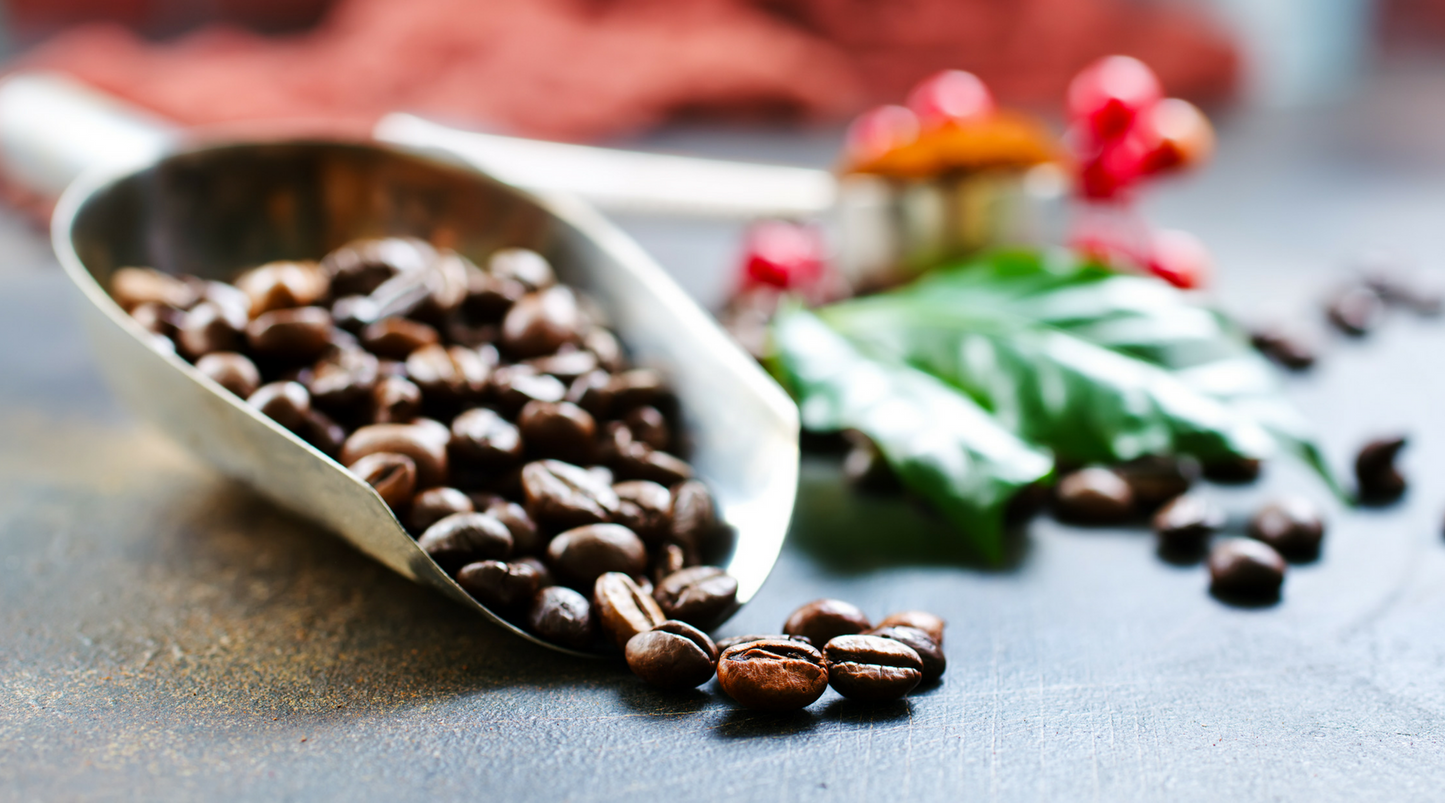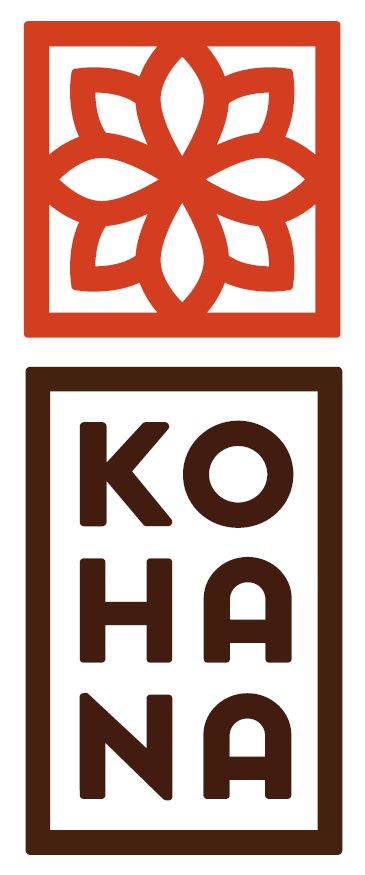
As coffee connoisseurs, we all know that not all beans are created equal nor are the coffees they eventually become. There are good grinds, and there are bad grinds. What’s surprising is just how ugly some can be.
Blame it on supply and demand. Global demand for coffee has roughly doubled in the last decade. We have become a coffee planet and the world’s greatest beverage is more popular than ever for reasons that need no explanation. Yet back on the plantation, harvests are getting ever tighter as climate change-spurred weather extremes make it harder for growers in many areas to produce their historically bountiful crops of beloved beans.
In Brazil and Asia, for example, recent droughts have reduced the Robusta crop, beans commonly used for instant coffee and other things best left unmentioned. We know what you’re thinking. “No problem! I don’t drink that dreck.” (We don’t either.) Yes, but… suppliers are making up the difference with Arabica beans, and that’s putting pressure on worldwide supplies of coffees we care about.
As a result of shortfalls like these, the coffee being sold today isn’t always what we think it is. It can be full of fillers from seeds and grains to corn, rice, and even junk like husks and sticks that help less-than-scrupulous dealers keep their sacks full and their prices low. Even worse (we know—what’s worse than a cup of fresh-brewed sticks?), the U.S. has low standards for acceptable levels of mold in coffee, which leaves manufacturers also free to use fungally challenged beans whenever it’s convenient.
How do they get away with these high crimes? That’s no secret. Once all these impurities are roasted and ground, they look just like the coffee they’re pretending to be.
That’s not the kind of cup we’re craving, which means the real issue is making sure we don’t bring home any of this fakery. Thankfully, a few rules go a long way toward ensuring that we always pour coffee that actually is.
- Avoid the bargain bin. The idea of cheap coffee is appealing, but there’s a reason it costs less, and that’s usually some combination of poor quality beans, added fillers, and mold-infested product.
- Choose a roaster you know. Those no-name brands and generic coffees have no reputation to protect. But boutique roasters and big companies alike have worked hard to establish their street cred, and they’re not going to throw all that quality control away to make a quick buck.
- Go organic. Organic standards are the highest around—organic coffee has to be inspected and certified. And having third parties poke around your products is a serious impediment to cheating.
- Use whole-bean coffee. When you buy whole beans and grind them yourself, they can’t hide as many secrets. You’ll be able to tell if something’s amiss.
It may add up to a little more per cup. But as coffee lovers, who among us can possibly put a price on a perfect cup of the real thing?
Special Offer: Get 15% off your next order with coupon code WOMENSOURCED. Hurry offer expires July 31st! Shop now!
